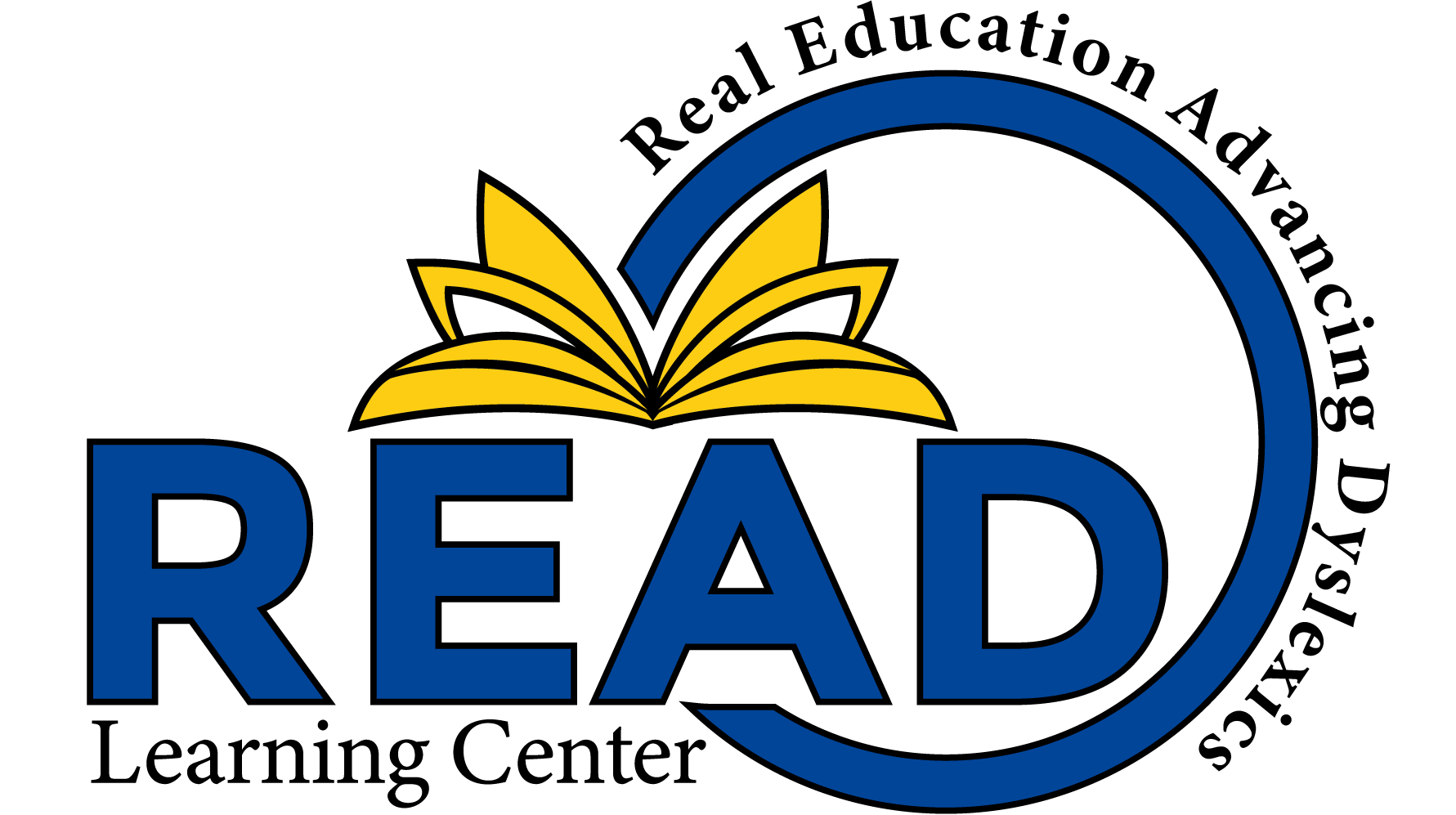The educational landscape is evolving, and multi-sensory learning is at the forefront of this transformation—especially for students with dyslexia. The Barton Reading & Spelling System and Making Math Real (MMR) are leading examples of this shift. By incorporating these innovative approaches in its curriculum, the Read Learning Center is paving the way for a more inclusive and effective learning environment.
Table of Contents
The History of Multi-Sensory Learning
The roots of multi-sensory learning can be traced back to pioneering educators like Dr. Samuel Orton and Anna Gillingham. Their groundbreaking work in the early 20th century laid the bedrock for structured literacy approaches. The Orton-Gillingham method, which heavily influences both the Barton system and Making Math Real, emerged from their research and continues to shape educational practices today.
Barton Reading & Spelling System
The Barton Reading & Spelling System perfectly illustrates how multi-sensory techniques can be applied to literacy education. This program places a strong emphasis on phonemic awareness, utilizing a combination of visual, auditory, and kinesthetic-tactile approaches to help students forge connections between letters, sounds, and words.
Key features of the Barton system include:
- Systematic and sequential instruction
- Explicit teaching of phonemic awareness
- Integration of sight, sound, and touch in learning activities
- Mastery-based progression through concepts
These elements make the Barton Reading & Spelling System particularly effective for students with dyslexia and other learning challenges.
Making Math Real
Making Math Real (MMR) applies similar multi-sensory principles to mathematics education. By incorporating tactile, visual, and auditory methods, MMR helps students grasp complex mathematical concepts that may be challenging to understand through traditional teaching methods.
Some critical aspects of Making Math Real include:
- Use of manipulatives and hands-on activities
- Visual representations of abstract mathematical concepts
- Verbal explanations and discussions to reinforce learning
- Step-by-step, structured approach to problem-solving
Through these techniques, Making Math Real transforms abstract mathematical ideas into concrete, understandable concepts for students who struggle with conventional math instruction.
Comparing and Integrating Barton and Making Math Real
While the Barton Reading & Spelling System and Making Math Real focus on different subject areas, they share fundamental principles that make them highly effective:
- Multi-sensory approach: Both programs engage multiple senses to enhance learning and retention.
- Structured, step-by-step instruction: Students progress through carefully sequenced lessons, ensuring a solid foundation before moving to more complex concepts.
- Emphasis on mastery: Both Barton and MMR ensure that students fully understand each concept before advancing.
- Adaptability to individual needs: These flexible programs accommodate each student’s learning style and needs.
The combination of the Barton system and Making Math Real offers a comprehensive and multi-faceted solution for students who learn differently, ensuring they receive the specialized support they need to excel in reading and math.
Together, We Can Build a Brighter Future
Every student with dyslexia deserves an education that caters to their unique learning style. Multi-sensory programs like Barton Reading & Spelling and Making Math Real offer a personalized approach that builds a springboard to reach new heights in school. With the guidance and encouragement of devoted parents and teachers, these programs can awaken a child’s natural curiosity and inspire a lifelong pursuit of knowledge.
At READ Learning Center, we believe every student with dyslexia can thrive. Through collaboration with dedicated educators and parents, our multi-sensory programs inspire a passion for learning and create a pathway to lifelong success.
Contact READ Learning Center online or call (916) 234-5880. We’re ready to help your child discover the joy of learning and achieve their full potential.

